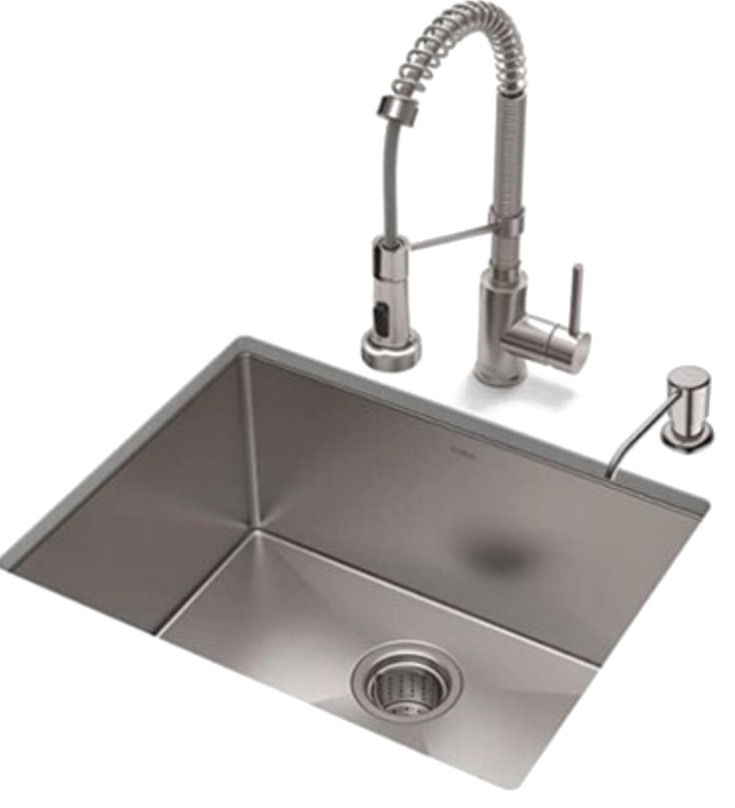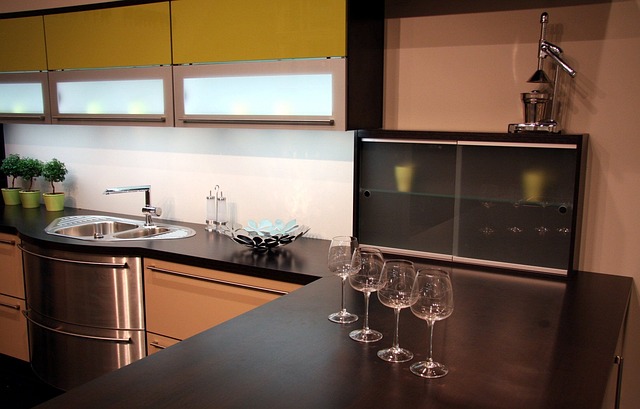Are you frustrated with the hassle of a double basin sink? You are not alone. Many homeowners are switching to single basin sinks for a cleaner, more practical kitchen. Single basin sinks have become popular because they make washing large pots and pans much easier. In this blog, we will walk you through the process of changing from a double basin to a single basin sink. You will learn the key steps to follow and important factors to keep in mind for a smooth installation.

Step-by-Step Guide
Step 1: Measure Your Current Sink and Space
Carefully measure the length, width, and depth of your current double basin sink and the surrounding countertop area to ensure your new single basin sink will fit properly.
Step 2: Choose the Right Sink
Select a single basin sink that meets your kitchen’s dimensions and style. Consider materials, depth, and additional features to ensure it suits your needs and complements your decor.
Step 3: Prepare for Installation
Gather all necessary tools and materials for installation. Turn off the water supply and clear the area around the sink, ensuring a clean workspace for the new installation.
Step 4: Remove the Old Sink
Disconnect plumbing and carefully remove the old double basin sink from the countertop. Clean the surrounding area to eliminate any residue or old caulk before proceeding.
Step 5: Install the New Single Basin Sink
Position the new sink into the countertop cutout, secure it according to the manufacturer’s instructions, and connect the plumbing, ensuring all connections are tight to prevent leaks.
Step 6: Finishing Touches
Clean the installation area, reattach fixtures, and check for leaks. Finally, run water through the sink to ensure proper drainage and functionality, completing your kitchen upgrade.
Key Questions Before Switching
Before making the switch from a double basin to a single basin sink, it’s important to address a few key questions to ensure a smooth process.
Is Your Plumbing Compatible?
Check if your current plumbing can handle the new sink’s drain and water lines. Sometimes, pipes may need adjusting or new fittings might be required. If the drain location changes, professional help may be necessary.
What Size Sink Do You Need?
Measure your space carefully to ensure the new sink fits. Consider your kitchen habits—if you often wash large pots or bakeware, a larger sink might be more practical.
How Will It Affect Your Kitchen’s Look?
Think about how the new sink will blend with your kitchen’s design. Choose a sink style and finish that complements your countertops, cabinets, and appliances for a cohesive look.
What’s Your Budget?
Consider the cost of the sink, plumbing changes, materials, and installation. Single basin sinks vary in price, so plan for possible expenses, especially if you need a plumber for adjustments.
Final Thought
Switching from a double basin to a single basin sink can make your kitchen more functional and attractive. Measure your space carefully and pick the right sink. Check if your plumbing fits the new sink. Planning your budget and matching the sink with your kitchen’s design will ensure a smooth process. This upgrade will make kitchen tasks easier and improve the look of your kitchen.







